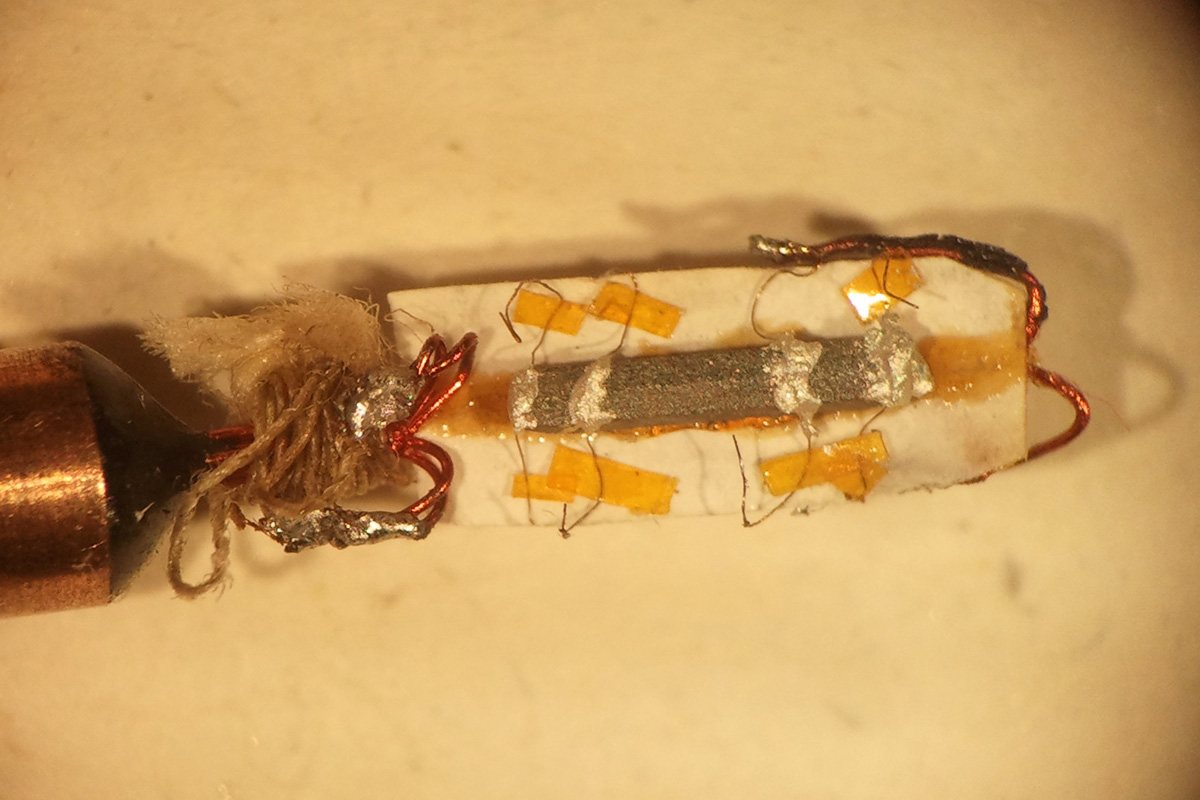
Method description
Measurement of sample resistivity is a very basic method used for determining the sample transport properties and/or its ordering temperature. A wide variety of techniques is used for the measurement, both AC and DC covering multiple decades of possible sample resistances (sub mΩ to TΩ) and the most appropriate is used for the measurement, depending on the sample resistance and its expected temperature/field evolution. The available instrumentation includes:
- ETO option (PPMS only), sub Hz up to 200 Hz, I-V curves, sub mΩ to few GΩ
- ACT option (PPMS only), sub Hz up to 200 Hz, I-V curves, sub mΩ to few kΩ
- resistivity (PPMS only), DC, up to few MΩ
- K6221/K6220 + K2182A, DC, up to few GΩ
- SR830(+K6221), SR865, up to 4MHz
- K6517B, DC, up to and beyond TΩ
This measurement naturally covers the measurement of magnetoresistance and Hall effect as well.
Tailored set-ups are possible as well - e.g. measurement of magnetoelectric effect - the influence of the passing current on the magnetization of the sample.
Where to use it?
Resistivity method is available in the following cryostats:
